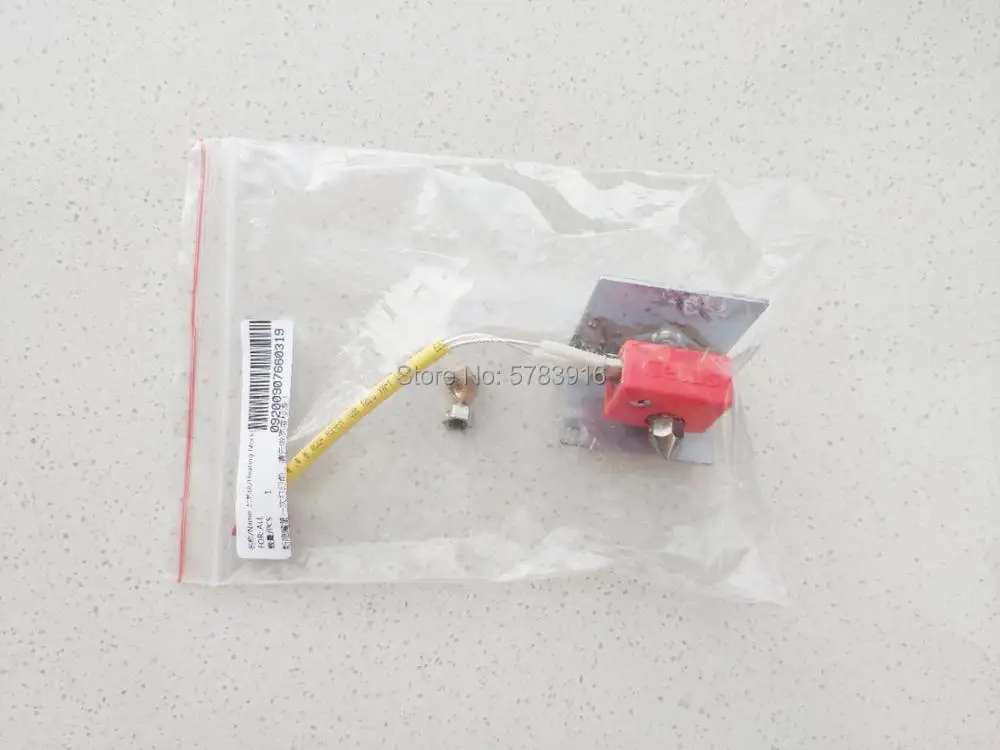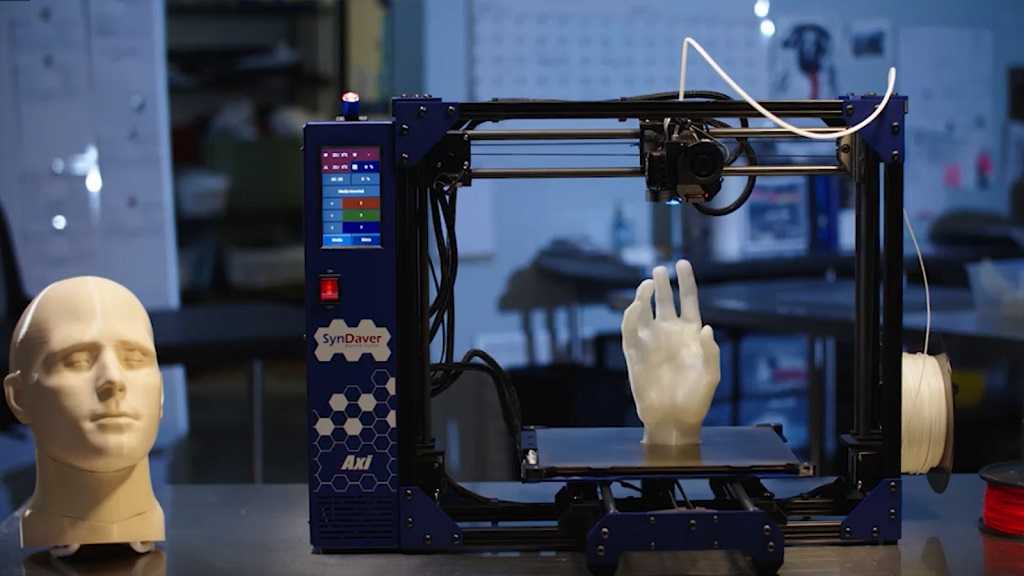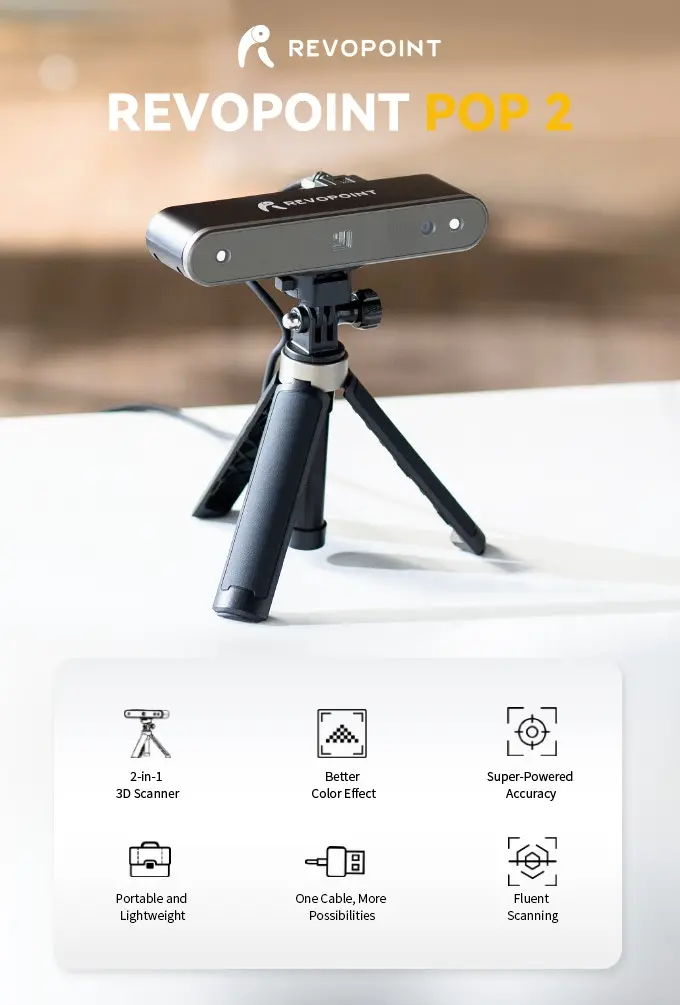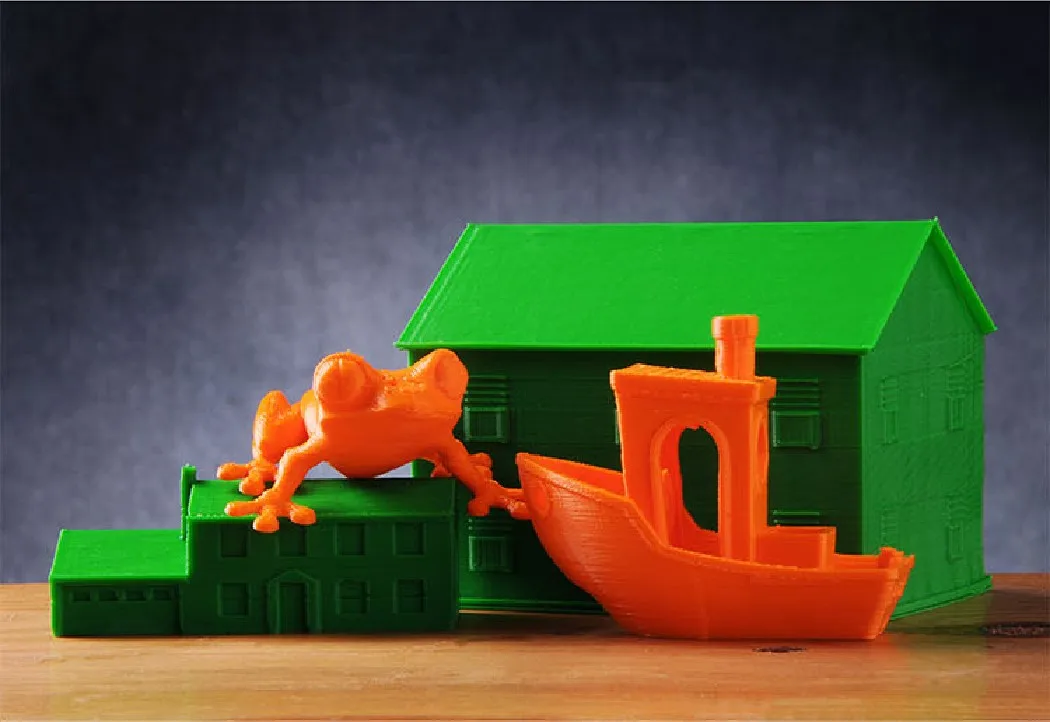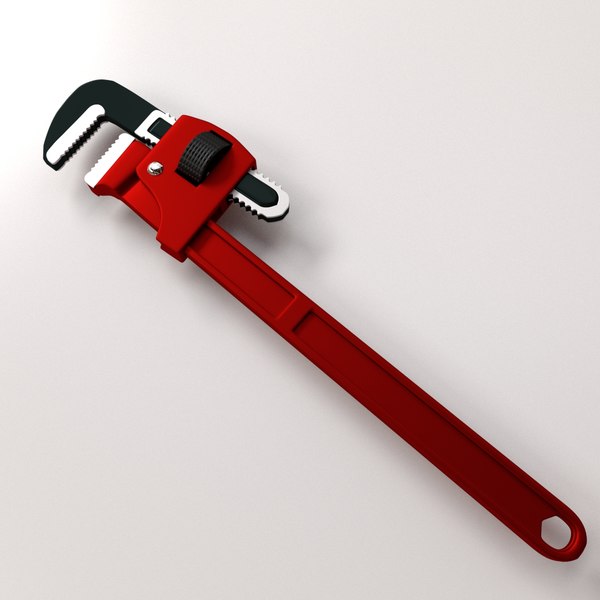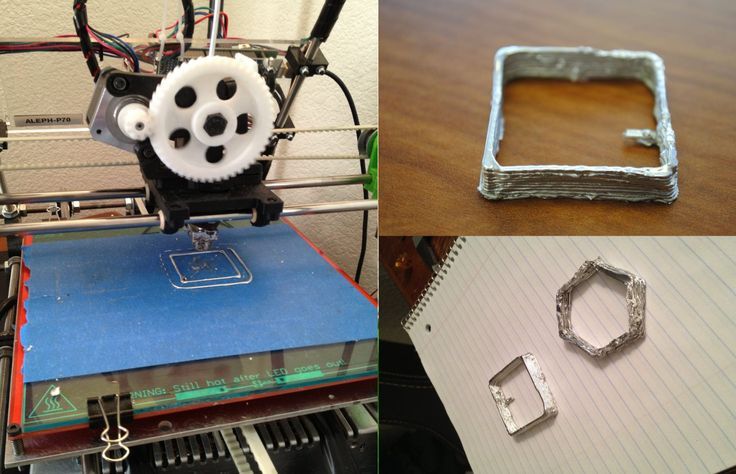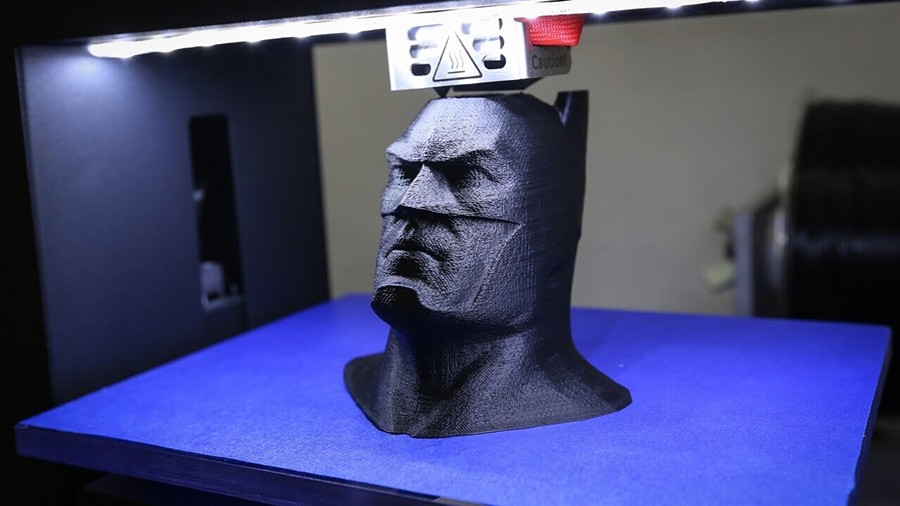Can 3d printers use recycled plastic
Eco-friendly 3D filament guide - what are the possibilities and innovations
What is eco-friendly 3D filament?
Eco-friendly 3D filament is a new alternative to the classic plastic filament. 3D printing requires a lot of energy and often uses non-biodegradable materials. For example, ABS is made from petroleum. It is one of the most common 3D printing materials when it comes to filament extrusion.
However, innovations now offer the opportunity to 3D print ecologically and responsibly at a lower cost. Many biodegradable filaments, made from recycled materials, have been developed to be environmentally friendly and have become alternatives to plastic filaments.
By incorporating a biodegradable plastic base (in the form of fibers or powders), it is possible to create filaments that include a high percentage of organic material.
3D printing from recycled plastics
How to make 3D printing materials from plastic waste
Thanks to Tyler McNaney’s Filabot, or MIT’s Recyclebot, it is possible to create ecological filament at home by recycling plastic waste. These machines turn waste into a 3D filament that a 3D printer can use.
A bottle of milk recycled by the Filabot converts into 2.5 meters of 3D filament.
First, the machine crushes recyclable plastic waste (bottles, boxes, etc.) to transform it into plastic pellets (or granules). The recycling machine then heats and extrudes these pellets into the shape of filament. The filament is then wrapped around a spool so that it can be reused again by a 3D printer.
Reuse 3D printed objects and plastic print waste
3D printing requires patience and involves a lot of testing to perfectly configure a 3D printer and produce quality 3D models. Many of these tests result in print fails, extra material, supports, or simply old pieces that are no longer useful.
Plastic waste extruders such as the Filabot or ProtoCycler can recycle this plastic waste. This innovation, with its ecological aspect, also represents a big cost saving for the users who can reduce their 3D filament expenses.
This innovation, with its ecological aspect, also represents a big cost saving for the users who can reduce their 3D filament expenses.
Buy 3D filament made from recycled materials
The Dutch startup Refil sells 3D filament made from two recycled plastics, ABS and PET. These two plastics mainly come from plastic bottles and car dashboards. This award-winning innovation is called Refilament.
According to Refil’s co-founder Casper van der Meer, the recycled filament (free of toxic additives), boasts the same features as ordinary filament and is available at a price between 30 and 40 dollars a spool.
Black ABS 3D filament produced by Refil from old car dashboards.3D printing with biodegradable 3D filament
PLA, a cornstarch-based 3D printing material
With ABS, PLA is the most commonly used 3D printing material when it comes to filament deposition.
PLA is made from cornstarch. It is compatible with most 3D printers using extrusion 3D printing technology.
Unlike ABS, PLA is a biodegradable material. Thanks to its non-toxicity, PLA can also be used to 3D print objects that will be in contact with food.
The main weakness of PLA is its high sensitivity to moisture and its tendency to break rather than bend. It makes it more difficult to handle than ABS.
Green and blue frogs 3D printed from PLA.Sustainable 3D printing: paper, an alternative to plastic
Mcor Technologies (now CleanGreen 3D) is a 3D printer manufacturer that has successfully made 3D printing material from paper. Their Laminar 3D printing technology successively cuts sheets of paper and glues them onto each other to 3D print an object.
Paper is not as environmentally friendly as PLA, but it is a serious alternative to more toxic materials. It also costs much less: a ton of paper costs around €1,300 while a ton of PLA costs between €5,000 and €10,000.
Plant-based 3D printing materials
Many plant-based filaments have been developed, such as the soy-based FilaSoy or SeaWeed, a material made from seaweed. The Algix from 3DFuel is also available and is made from nuisance algae.
Wood is also a material that is used to make natural 3D filaments. For example, Laywood is made up of 40% of wood, which gives it a touch and appearance similar to wood.
ColorFabb has even developed two 100% organic filaments: the WoodFill made up of 70% PLA and 30% wood fiber, and the BambooFill, half bamboo, and half PLA.
Finally, oysters and coconuts have also been experimentally used to create new 3D filaments.
A small 3D printed elephant made with ColorFabb’s Woodfill material.3D printing with recycled building materials
3D printed houses made from recycled concrete
The Chinese company WinSun Decoration Design Engineering received attention in 2014 by 3D printing ten houses in less than 24 hours.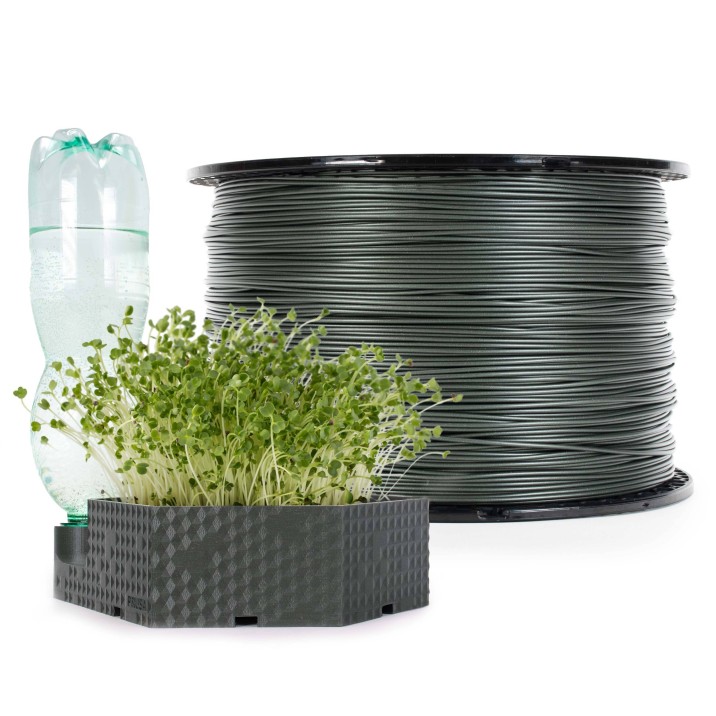 These were 3D printed from a mix of cement, industrial waste, and recycled fiberglass. In 2015, they did it again, this time with a four-story building, and also succeeded in less than 24 hours.
These were 3D printed from a mix of cement, industrial waste, and recycled fiberglass. In 2015, they did it again, this time with a four-story building, and also succeeded in less than 24 hours.
In January 2018, the same company 3D printed bus stops at Fengjing Town in Shanghai.
In Amsterdam, a canal house was also 3D printed by DUS Architects in 2016. This house, designed in partnership with Henkel, is 3D printed with bioplastics. It consists of 80% ecological materials.
Examples: two innovative projects to recycle plastic waste
An eco-friendly 3D printer launched by Coca-Cola, 3D Systems, and will.i.am
will.i.am, who was previously creative director of the 3D printer manufacturer 3D Systems, had teamed up with Coca-Cola to create Ekocycle.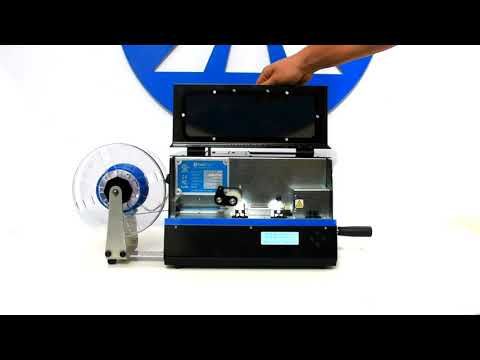 The Ekocycle is a 3D printer that uses a 3D filament, of which 25% is made from recycled plastic bottles.
The Ekocycle is a 3D printer that uses a 3D filament, of which 25% is made from recycled plastic bottles.
“Ekocycle’s goal is to collaborate with the world’s most influential brands and use technology, art, and fashion to change an entire culture. It’s the beginning of a more sustainable lifestyle through 3D printing. Waste is waste only if we waste it.”
will.i.am
Ekocycle will be able to 3D print objects with a build volume of one hundred cubic centimeters, with a minimum layer thickness of 70 microns.
Three 500ml Coca-Cola bottles are needed to make one Ekocycle cartridge. The available colors Coca-Cola’s emblematic colors: red, black, and white.
will.i.am, a founding member of the Black Eyed Peas and 3D Systems’ previous artistic director, presenting the Ekocycle eco-friendly 3D printer.Clean beaches and 3D printed souvenirs of the sea
In 2014, two Swiss entrepreneurs, Jennifer Gadient and Fabian Wyss, launched the Seafood Project.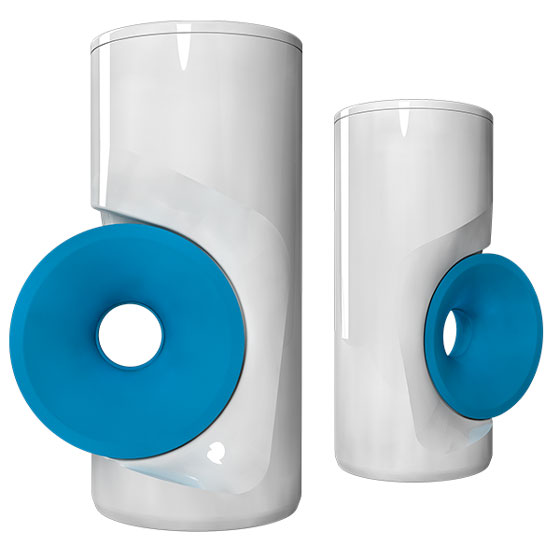 This project aimed to clean the beaches of France, Spain, and Morocco by recycling all plastic waste into 3D printed objects.
This project aimed to clean the beaches of France, Spain, and Morocco by recycling all plastic waste into 3D printed objects.
The couple left France in October 2014 and drove down to Morocco in their van, in which they had all the necessary equipment for 3D printing.
On the beaches, they recovered plugs, bottles, and other plastic waste. With the help of an extruder and a shredder, they transformed this waste into 3D filament. They then 3D printed objects with an Ultimaker 3D printer and sold them on their website.
Picture of Jennifer Gadient and Fabian Wyss in front of their van, equipped with a 3D printer to recycle plastic waste from beaches.Recycled plastic for 3D printing
25
May
2021
|
10:22
Europe/Amsterdam
Covestro and Polymaker collaborate on a polycarbonate filament made from recycled plastic
Summary
- Reduced CO₂ footprint
- Broad product portfolio on display at TCT Asia trade show
20210525_Recycled-Plastic-for-3D-Printing-Pic
Polymaker® PC-r polycarbonate filament for 3D printing is made from a Covestro plastic recyclate produced from used water bottles from Chinese water bottle manufacturer Nongfu Spring.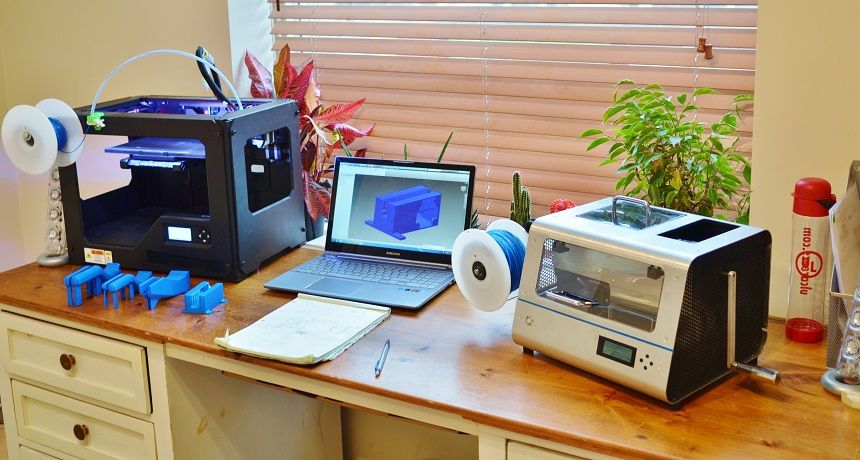 © Covestro
© Covestro
Polymaker, a leading manufacturer of 3D printing materials, uses a recycled polycarbonate developed by Covestro, a globally leading materials supplier, to produce Polymaker™ PC-r, the polycarbonate filament for 3D printing made from recycled plastic. The material comes from 19-liter bottles from Chinese water supplier Nongfu Spring, which contain polycarbonate in a fairly pure form. Covestro blends the plastic waste with virgin material to yield a polycarbonate base that can be extruded into filaments for use in electronics automotive and other industries.
The filament is particularly suitable for brands wanting to make their supply chain more sustainable, especially in combination with 3D printing technology for production on an industrial scale. Compared to virgin material, the filament using recycled material has a lower carbon footprint. The product is also more durable and meets industry-specific requirements such as the Blue Angel and EPEAT seal.
The fact that the waste comes from one single source is an advantage. This means that no prior sorting and identification of the plastics is necessary. The plastic waste is quite pure and can be recycled in a cost-effective manner. In addition, it is available in sufficient quantities. In China, large-volume water bottles are widespread in private households and public places. These are collected and refilled again and again before finally discarded and sent for recycling. This is another example of how Covestro is helping to build a circular economy in collaboration with partners along the value chains.
This means that no prior sorting and identification of the plastics is necessary. The plastic waste is quite pure and can be recycled in a cost-effective manner. In addition, it is available in sufficient quantities. In China, large-volume water bottles are widespread in private households and public places. These are collected and refilled again and again before finally discarded and sent for recycling. This is another example of how Covestro is helping to build a circular economy in collaboration with partners along the value chains.
The high temperature post-consumer product has outstanding thermal stability and strength. Because of its properties, a constant temperature chamber is required to print successfully.
Machine manufacturer INTAMSYS conducted print tests with Polymaker™ PC-r on its FUNMAT PRO 410 printer. The printer can achieve a dual jet temperature of up to 500°C and a platform temperature of up to 160°C. The chamber temperature can be up to 90°C, which prevents warping of printed parts and allows larger and more complex models to be printed more successfully.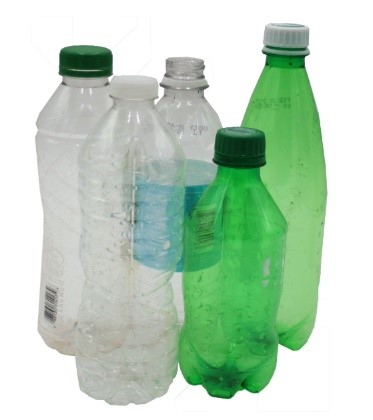
Tests have demonstrated that the Polymaker™ PC-r material is extremely easy to process. The test scores show good values for tensile strength, Young's modulus, flexural strength and flexural modulus, which were slightly higher than standard polycarbonate.
Extensive range of products at the TCT Asia trade show
Polymaker will be presenting a wide range of materials for 3D printing, ranging from high-performance plastics to unique aesthetic solutions, at booth number F44 at TCT Asia, the 3D printing trade show in Shanghai, China, from May 26-28, 2021.
At the trade show, Covestro and its additive manufacturing business, including the newly acquired business from DSM, will be exhibitingon two booths as both had registered separately prior to the transaction. Visitors to the trade show are invited to visit Covestro at booth number E46 and the former DSM AM at a at booth number C48 to learn more about the company's broadend product portfolio.
Boilerplate
About Covestro:
With 2020 sales of EUR 10. 7 billion, Covestro is among the world’s leading polymer companies. Business activities are focused on the manufacture of high-tech polymer materials and the development of innovative, sustainable solutions for products used in many areas of daily life. In doing so, Covestro is fully committed to the circular economy. The main industries served are the automotive and transportation industries, construction, furniture and wood processing, as well as electrical, electronics, and household appliances industries. Other sectors include sports and leisure, cosmetics, health and the chemical industry itself. At the end of 2020, Covestro has 33 production sites worldwide and employs approximately 16,500 people (calculated as full-time equivalents).
7 billion, Covestro is among the world’s leading polymer companies. Business activities are focused on the manufacture of high-tech polymer materials and the development of innovative, sustainable solutions for products used in many areas of daily life. In doing so, Covestro is fully committed to the circular economy. The main industries served are the automotive and transportation industries, construction, furniture and wood processing, as well as electrical, electronics, and household appliances industries. Other sectors include sports and leisure, cosmetics, health and the chemical industry itself. At the end of 2020, Covestro has 33 production sites worldwide and employs approximately 16,500 people (calculated as full-time equivalents).
About Polymaker:
Polymaker is a company that produces advanced 3D printing materials specifically engineered for a wide range of applications across many industries. At the heart of Polymaker is a large research and development laboratory which drives the company forward through constant innovation and testing. All Polymaker materials are formulated and optimized for 3D printing while maintaining the unique properties inherent to the respective base polymer.
All Polymaker materials are formulated and optimized for 3D printing while maintaining the unique properties inherent to the respective base polymer.
Find more information at www.polymaker.com.
About INTAMSYS:
INTAMSYS is a world-leading high-tech company providing 3D printing and industrial direct additive manufacturing solutions for high-performance materials. Focusing on aerospace, aviation, automotive, electronic manufacturing, consumer goods, healthcare, scientific research and other industries, the company provides comprehensive additive manufacturing solutions from functional test prototyping, tooling and fixture manufacturing to direct mass production of final products, covering equipment, software, high-performance materials and printing services.
For further information, please visit www.intamsys.com.
Forward-looking statements
This news release may contain forward-looking statements based on current assumptions and forecasts made by Covestro AG.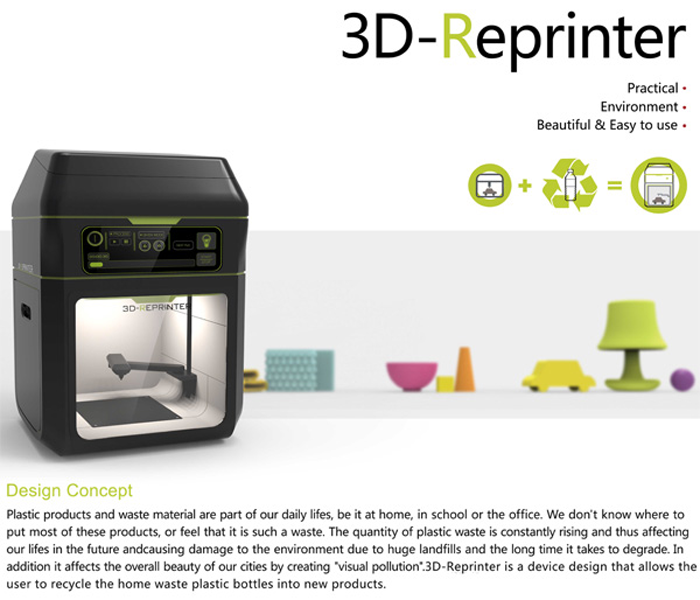 Various known and unknown risks, uncertainties and other factors could lead to material differences between the actual future results, financial situation, development or performance of the company and the estimates given here. These factors include those discussed in Covestro’s public reports which are available at www.covestro.com. The company assumes no liability whatsoever to update these forward-looking statements or to conform them to future events or developments.
Various known and unknown risks, uncertainties and other factors could lead to material differences between the actual future results, financial situation, development or performance of the company and the estimates given here. These factors include those discussed in Covestro’s public reports which are available at www.covestro.com. The company assumes no liability whatsoever to update these forward-looking statements or to conform them to future events or developments.
9 Projects 3D Printing From Plastic Waste
Plastic waste, which not so long ago went straight to landfill, is increasingly being recycled, not least 3D printers.
By using post-consumer plastic as a raw material for 3D printing, corporations, small businesses and even individuals can create new products with real value while removing plastic waste from the environment. Let's figure out what is created from plastic waste using a 3D printer and who does it.
How to prepare material for 3D printing from plastic waste
The process of making useful products from local plastic waste using 3D printing is quite simple. Known as distributed recycling and additive manufacturing, or DRAM for short, it involves the following steps:
Known as distributed recycling and additive manufacturing, or DRAM for short, it involves the following steps:
• Plastic waste collection.
• Waste sorting and cleaning.
• Shredding waste into plastic pieces.
• Extruding 3D printing filament from plastic shred with an extruder.
• Product printing.
Video: thenewraw.org
Thread made in this way retains almost all the same qualities as pure plastic, but is much cheaper. According to a study by Aubrey L. Verne (et al.) of Michigan Technological University, a 3D printer can print objects at a cost 1,000 times less than if commercial polymer fibers were used.
There are different types of shredders, extruders and 3D printers on the market today, both in terms of cost and complexity of the tasks performed.
For example, for home use, manufacturers have long used a simple blender or grinder to grind up 3D print stock and failed prints, but this is not a long-term or high-volume solution.
More and more 3D printers can print with raw shredded plastic or bulky plastic pellets instead of filament. This simplifies the process and reduces energy consumption. The cost of a simple 3D printer can be $2,000, and a complex industrial one can cost more than $150,000.
Introducing 9 successful projects that prove that 3D printing from household plastic waste is a viable solution for removing plastic from the environment, while also making a difference.
Plastic Bottle Olympic Podiums
Unbeknownst to everyone, recycled plastic has taken center stage at the Tokyo 2020 Olympics. Each of the 98 podiums where medals were presented to Olympic winners was 3D printed from waste plastic.
Catwalk material has been collected by Japanese citizens over the past two years through a program sponsored by consumer goods giant Proctor & Gamble.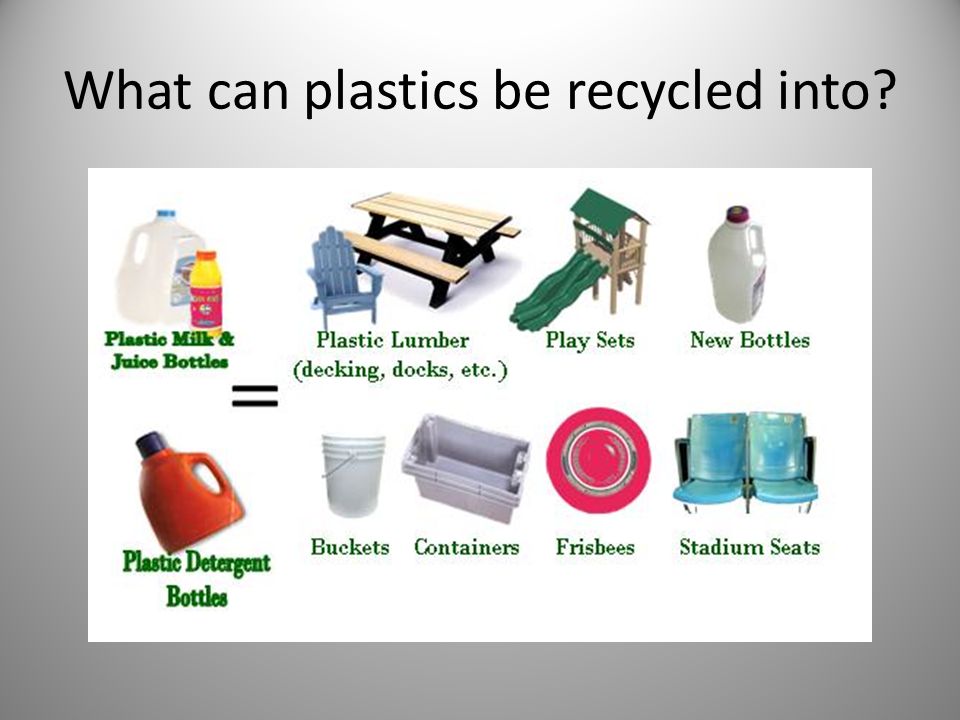 More than 2,000 bins have been set up across the country to collect empty drink bottles, shampoo containers and other plastic waste. Plastic waste has also been fished out of the seas surrounding Japan.
More than 2,000 bins have been set up across the country to collect empty drink bottles, shampoo containers and other plastic waste. Plastic waste has also been fished out of the seas surrounding Japan.
After the games, some of the podium plastic will be used to educate the public about sustainability, and much of it will be recycled back into packaging for P&G products.
Plastic waste bins
Screenshot: 3D printed waste bin by Justina Zdanovichute, in collaboration with R3direct.
(Source: Justyna Zdanovichute/CC BY-NC-ND 4.0)
How about collecting plastic waste in trash cans made from the same waste? Italian design company R3direct makes them and more using 3D printing. The company has one stated goal: to design and 3D print products from plastic waste. R3direct's product list grows longer every year, from artwork made from local plastic waste to practical urban furniture.
R3direct states that their printing technology can use plastic pellets immediately after grinding, skipping the filament extrusion step. This allows them to further reduce their energy consumption and CO2 emissions with 3D printed furniture made from waste plastic.
This allows them to further reduce their energy consumption and CO2 emissions with 3D printed furniture made from waste plastic.
Trendy Fishnet Seats
Photo: facebook/@bluecycle use of marine plastic waste from shipping and fishing.
New Raw has also teamed up with The Coca-Cola Company for the Zero Waste Future program in Thessaloniki, Greece. Consumers will bring their plastic waste to the Zero Waste Lab, which has a plastic recycling facility and a robotic arm, to create custom-made modern furniture.
One of the partnership's furniture series is called Elements and includes a solarium, walk-in closet and walkway made from recycled marine plastic waste. There's no better way to showcase the potential of recycling plastic waste than to let people enjoy a clean beach while lying on a lounge chair made from what used to pollute the water.
New Raw is launching a Print Your City program in several neighborhoods that allows local residents to recycle their plastic waste through a robotic 3D printing process that can turn sorted plastic into outdoor furniture.
Music festival waste sunglasses frames
Photo: instagram/@yuma.labs.circular closed loop models.
Yuma Labs uses both powder pad 3D printing and injection molding to make their sunglasses. The raw materials are recycled soda bottles and bio-based nylon. In the future, the frames of sunglasses can be completely recycled.
Yuma Labs partners with companies, cities and events such as the Tomorrowland Music Festival to collect the plastic waste generated at the event. And the sale of sunglasses, then printed on a 3D printer from this garbage, covers the cost of collecting plastic.
Yuma Labs also organizes and participates in community events to raise awareness about recycling. For example, in 2019 they organized an event at the Stormkop playground in Antwerp where children had to pull plastic trash from a nearby river. The company then 3D-printed it into children's sunglasses.
As Yuma Labs says, it's not just the production of sunglasses or the recycling of plastic that matters. They hope to inspire others with their example for a broader transition to a circular economy.
They hope to inspire others with their example for a broader transition to a circular economy.
Plastic Waste Urban Lightweight Vehicle
Utility Vehicle (ZUV) is an electric trike with a 3D printed frame made from recycled polypropylene plastic.
Developed by Austrian design firm EOOS and Dutch 3D printing company The New Raw, ZUV aims to do more than reduce plastic waste. Its creators hope it can become the new type of zero-emission vehicle for cities around the world.
According to the developer's plans, consumers can 3D print the ZUV's polypropylene frame using a 3D printing service such as Craft Cloud and then take it to a bike shop to have the motor, wheels, lights and handlebars installed.
The square ZUV has a rear wheel drive and a spacious trunk. It can be ridden by two adults. EOOS hopes to raise awareness of the environmental impact of urban transport and offer an alternative mode of transportation based on a circular economy. 9The 0003
9The 0003
ZUV is currently only in the prototype stage and its blocky look may not be to everyone's liking. However, the concept is promising, and the car has every chance of becoming an ordinary city landmark.
Coffee station made from coffee waste
Photo: lofbergs-com.mynewsdesk.com
Swedish coffee group Löfbergs is partnering with 3D printing company Sculptur to turn coffee waste into new coffee stations. The collaboration is part of Circular Coffee Community's commitment and the group's goal of zero coffee waste by 2030. The world's first 3D printed waste-based coffee station is already up and running and others are underway.
The coffee stations are 3D printed from a by-product of the coffee roasting process and polypropylene. Further development will allow the use of polypropylene from recycled coffee big bags, making coffee stations almost 100% renewable.
“Our new coffee station is a prime example of a closed loop—recycling leftovers from our own primary raw material, coffee, to create an entirely new and associated sustainable product.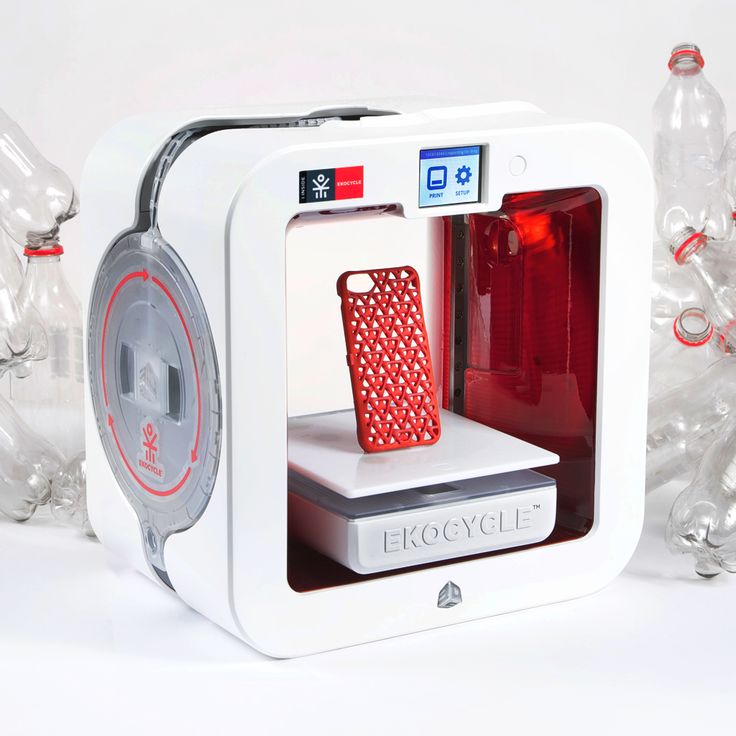 ” , says Lars Aen Tegersen, Director of Innovation and Circular Transformation at Löfbergs.
” , says Lars Aen Tegersen, Director of Innovation and Circular Transformation at Löfbergs.
Cozy office space made from plastic bottles
Photo: instagram/@architechcompany interiors.
Modular circular workspace printed from recycled PET (supplied by the Port of Rotterdam) using a CFAM printer and reinforced with fiberglass. The convenient and strong workplace easily disassembles and moves. The round shape ensures pleasant acoustics of the workspace, it is equipped with ventilation, heating, electricity and LED lighting.
Beautiful objects made from garbage
Photo: instagram/@therogerie
Canadian company The Rogerie is working to remove waste from the environment, with the help of small suppliers who remove it from landfills and oceans, and create from this waste beautiful, useful items.
The Rogerie's 3D printed product catalog includes mugs, bathroom accessories, teapots and a wide selection of flower pots, among others. Customers love these products - by purchasing them they are contributing to the removal of plastic waste from the environment.
Customers love these products - by purchasing them they are contributing to the removal of plastic waste from the environment.
The company's founders say they are constantly looking for new waste streams and also have their own recycling program. They are willing to use anything from old TVs to food packaging and car parts.
Coffee stirrer chandeliers
Photo: instagram/@utilizestudios
The Utilize project turned used coffee stirrers into chandeliers, soft plastic items into wicker baskets, and fishing tackle into chairs. And all this with the help of an oven and a desktop 3D printer from Ultimaker.
Utilize is more than a design studio, it specializes in helping companies transition to a circular economy and build sustainable products. They aim to help businesses reduce, reuse and recycle waste through 3D printing.
“The biggest surprise was how many types of waste we can use – soft plastics, organics, polypropylenes and polyethylenes – we kind of asked, why isn’t everyone doing this?” , said Utilize Project founder Matthew O'Hagan in an interview with Stuff magazine. - "Why isn't this being done?" .
- "Why isn't this being done?" .
Material prepared based on: all3dp.com
Recycled plastic material for 3d printer
3-D printing is a potentially revolutionary technology. It allows you to produce anything to anyone who has access to a printer. Using a 3-D printer, businesses can prototype quickly, consumers can produce spare parts cheaply, hobbyists can fiddle endlessly with their toys, and inventors can easily create whatever they decide is best. Even the International Space Station started with 3-D printing.
Technology has already brought a lot of good things, from life-saving medical printed devices to animal prosthetics or just plain fun, but unfortunately 3-D printing is not completely green.
There is one problem: the whole process uses tons of plastic. 3-D printing has the potential to be a more environmentally friendly process than traditional factories, but that hasn't happened yet.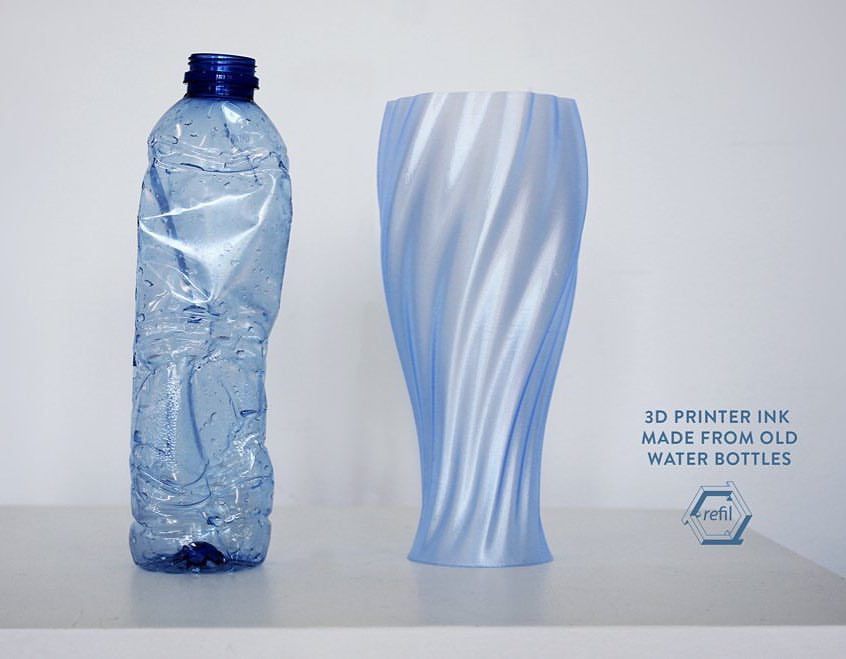 One of the biggest hurdles is the fresh plastic used for 3-D printing filaments, the plastic "ink" that printers turn into 3-D objects.
One of the biggest hurdles is the fresh plastic used for 3-D printing filaments, the plastic "ink" that printers turn into 3-D objects.
That's why the startup team Dimension Polymers decided to create a 3D printed filament made from recycled plastic.
"People really love 3-D printing technology, but don't pay enough attention to its environmental impact," says Mark Sherman, co-founder of Dimension Polymers. “Just as fast as technology advances, so does its carbon footprint.”
Today, 3-D printing uses about 30 million pounds (13.61 million kg) of fresh petroleum-derived plastic. Sherman says that given current trends, this will translate into 1.4 million barrels of oil in 2020.
Of course nowadays environmentally conscious 3-D printing enthusiasts can make their own filament using a device called a filament extruder. But such extruders can be quite expensive, difficult to use, and may not always produce the same high quality filament.
“Using a homemade extruder is very labor intensive, so not many people do it,” Sherman says.


